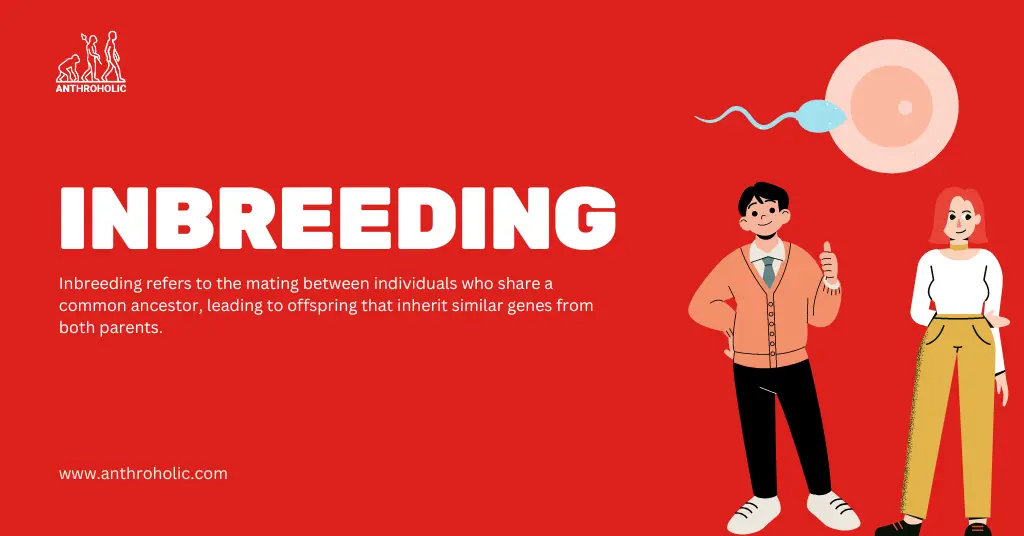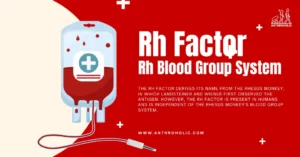AI Answer Evaluation Platform Live Now. Try Free Answer Evaluation Now
Inbreeding
Inbreeding, a topic of crucial importance in genetics, refers to the mating of individuals who are closely related. This process leads to an increase in homozygosity, which often leads to various health issues [1]. Understanding the mechanisms and consequences of inbreeding is crucial in diverse fields, such as wildlife conservation, livestock breeding, and human genetic studies.

Concept of Inbreeding
Definition and Causes
Inbreeding refers to the mating between individuals who share a common ancestor, leading to offspring that inherit similar genes from both parents. Common causes include:
- Isolation due to geographical constraints
- Small population size
- Selective breeding practices
Inbreeding Coefficient
A crucial concept in understanding inbreeding is the inbreeding coefficient (F), which quantifies the probability that two alleles at any locus in an individual are identical by descent. The coefficient ranges from 0 (no inbreeding) to 1 (complete inbreeding). The formula for the inbreeding coefficient is:
F = (Number of actual homozygous alleles) / (Total number of possible homozygous alleles)
Inbreeding in Human Populations
Historical Instances of Inbreeding
Historically, inbreeding has been practiced in human populations for various reasons. For instance, royal families often intermarried to maintain power within the family or establish political alliances. This practice resulted in many known instances of genetic disorders, the most famous being hemophilia in the royal families of Europe [2].
Contemporary Implications
In contemporary times, inbreeding is less common, yet there are communities where cousin marriages are prevalent due to cultural traditions [3]. These communities have a higher incidence of certain genetic disorders as a result of increased homozygosity.
Genetic Disorders and Inbreeding
Inbreeding increases the likelihood of offspring being affected by recessive or deleterious traits. These conditions can range from mild to severe. Some common disorders associated with inbreeding include:
- Cystic Fibrosis: This genetic disorder affects the cells that produce mucus, sweat, and digestive juices. It is caused by a recessive allele on chromosome 7 and is more common in populations with a high degree of consanguinity.
- Tay-Sachs Disease: This is a fatal genetic lipid storage disorder where harmful amounts of a fatty substance build up in tissues and nerve cells in the brain. It is more prevalent in certain isolated populations, such as the Ashkenazi Jews.
- Hemophilia: This is a bleeding disorder that slows the blood clotting process. People with this condition experience prolonged bleeding or oozing following an injury. It is an X-linked recessive disorder, historically known in European royalty due to inbreeding.
Measures to Prevent Inbreeding
Preventing inbreeding and its harmful effects requires measures such as:
- Genetic Counseling: This involves guiding individuals and families about the potential genetic risks they could pass onto their offspring [4].
- Preimplantation Genetic Diagnosis (PGD): PGD allows the detection of genetic defects in embryos created through in vitro fertilization before pregnancy.
- Public Awareness Campaigns: Educating the public about the risks associated with inbreeding is crucial in cultures where marriages among relatives are prevalent [5].
Consequences of Inbreeding
Inbreeding has several significant consequences, especially when it comes to health and survival.
Inbreeding Depression
Inbreeding depression refers to the reduced fitness in a given population as a result of inbreeding [2]. It often leads to the following effects:
- Lower fertility rates
- Decreased overall fitness
- Shortened lifespan
- Increased genetic disorders
Loss of Genetic Diversity
The loss of genetic diversity is another severe consequence of inbreeding. It results in:
- Reduced ability to adapt to environmental changes
- Increased susceptibility to diseases
- Impaired overall population health
Examples of Inbreeding
| Species | Inbreeding Coefficient | Effects |
|---|---|---|
| Cheetah | 0.90-1.00 | Reduced sperm count, increased mortality |
| Florida Panther | 0.80-0.90 | Heart defects, kinked tails, low fertility |
| Royal Families of Europe | Varies | Hemophilia, mental instability |
Mitigating the Consequences of Inbreeding
The negative effects of inbreeding can be mitigated through various strategies, such as:
- Outcrossing: Mating of unrelated individuals to increase genetic diversity.
- Artificial selection: Selective breeding to enhance specific traits.
- Genetic rescue: Introduction of new genetic material into an inbred population.
Conclusion
While inbreeding can sometimes lead to beneficial traits, the risks associated with it are substantial, including a higher probability of inheriting harmful genetic conditions. With an understanding of the potential dangers and methods for mitigating these risks, we can make more informed decisions about breeding practices in animals and prevent the harmful effects of inbreeding in human populations.
References
[1] Charlesworth, D., & Willis, J. H. (2009). The genetics of inbreeding depression. Nature Reviews Genetics, 10(11), 783-796.
[2] Hedrick, P. W., & Garcia-Dorado, A. (2016). Understanding inbreeding depression, purging, and genetic rescue. Trends in ecology & evolution, 31(12), 940-952. https://doi.org/10.1016/j.tree.2016.09.005
[3] Bittles, A. H., & Black, M. L. (2010). Evolution in health and medicine Sackler colloquium: Consanguinity, human evolution, and complex diseases. Proceedings of the National Academy of Sciences, 107(Supplement 1), 1779-1786.
[4] Modell, B., & Darr, A. (2002). Genetic counselling and customary consanguineous marriage. Nature Reviews Genetics, 3(3), 225-229.
[5] Cox, D. M., & Butler, M. G. (2015). The 150 Most Important Questions in Cancer Research and Clinical Oncology Series: Questions 15-24. Chinese journal of cancer, 34(12), 600.




